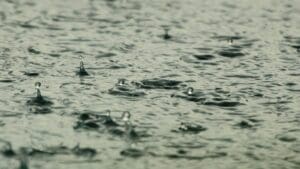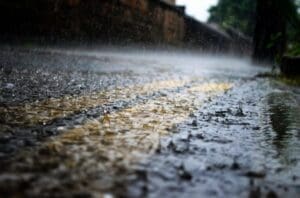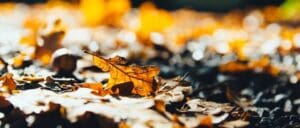Stormwater Management
Understanding the Extremes by Carrie Brown, Engineering Technician How often does a “100-year rainfall event” occur? It turns out that the answer is a bit more complicated than you might think. It is a common misconception that a “100-year flood” happens once in 100 years. The term can be quite deceiving when taken at face…
Read MoreOur 2021 Seedling Tree Sale has finally arrived! Additional information on this year’s selection and details on ordering can be found on our website. Join us weekly as we highlight this year’s available tree species. Red Osier Dogwood This week’s 2021 Tree Sale highlight is the Red Osier Dogwood. Though it tends to be a bit of…
Read MoreThis week we wrap up our series on leaves by examining the methods and benefits of utilizing the fallen ones! I don’t know about you, but one of the keystone autumn memories I cherish from my childhood is raking leaves into an enormous pile…only to wreck my efforts by diving into them. Of course, this…
Read MoreWhat is Storm Water and Where Does it Go? What comes to mind when you hear the word “storm water”? Perhaps you think of torrential rainfall deluging yards & overwhelming gutters in the springtime. Or maybe you imagine water screaming through large parking lots, making it impossible to avoid puddles as you tiptoe towards the…
Read More




